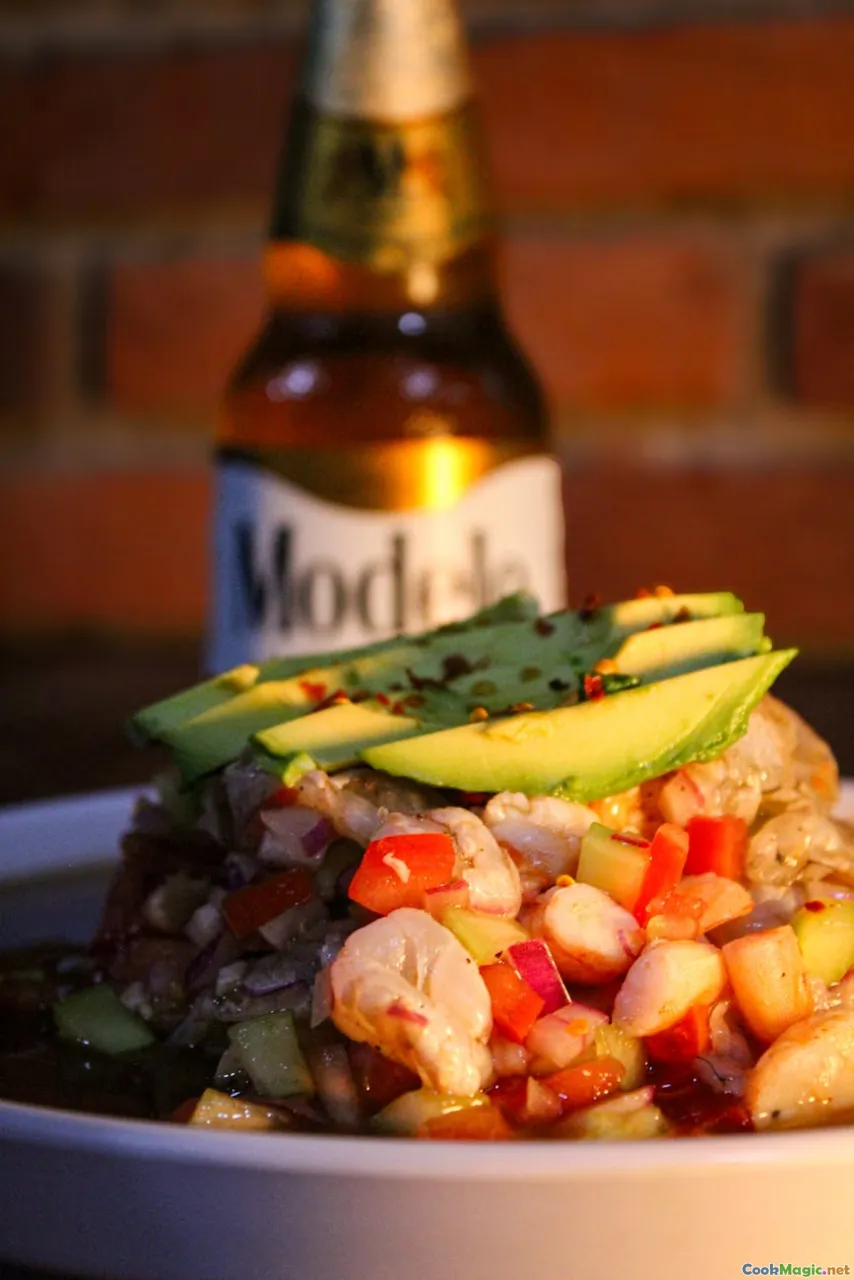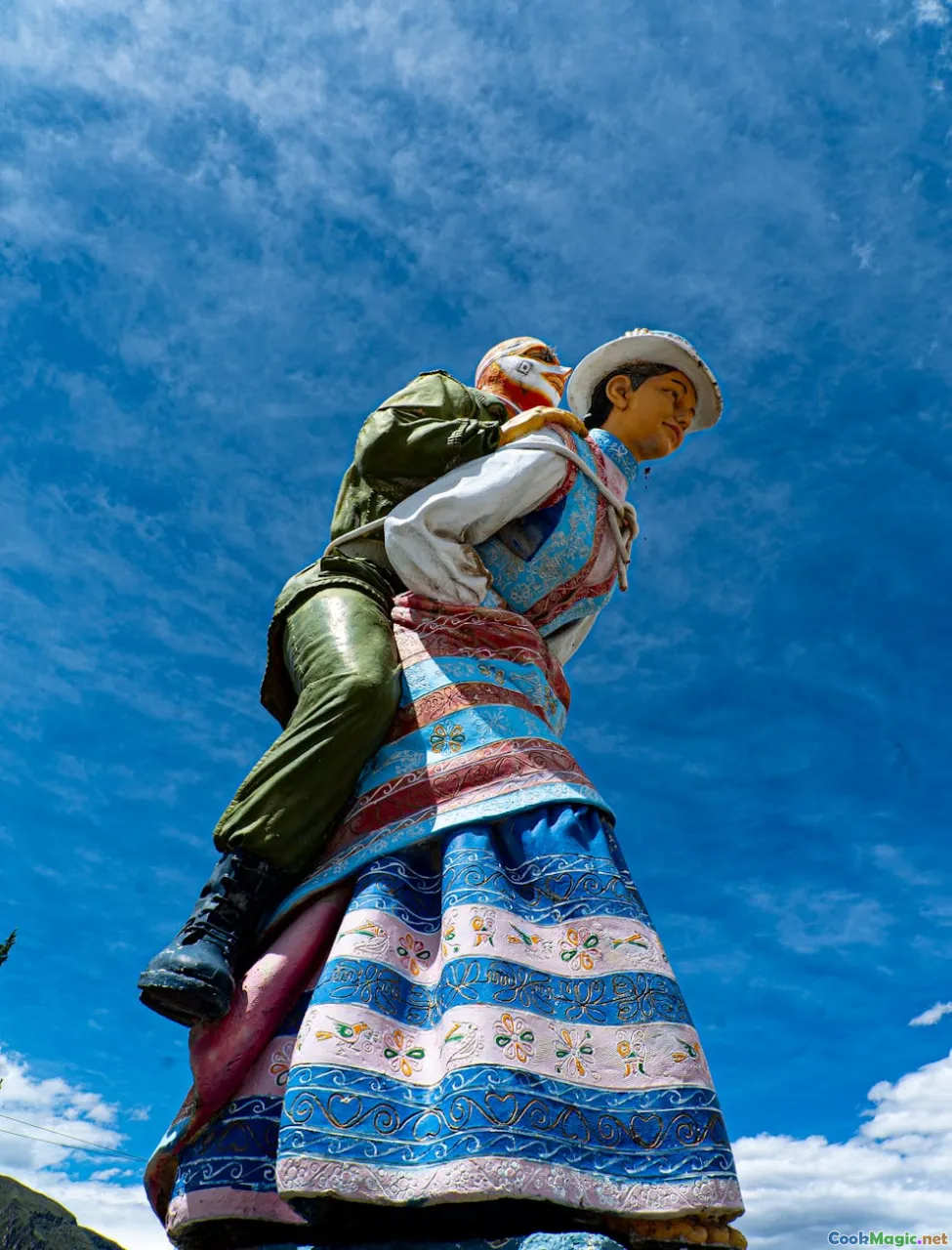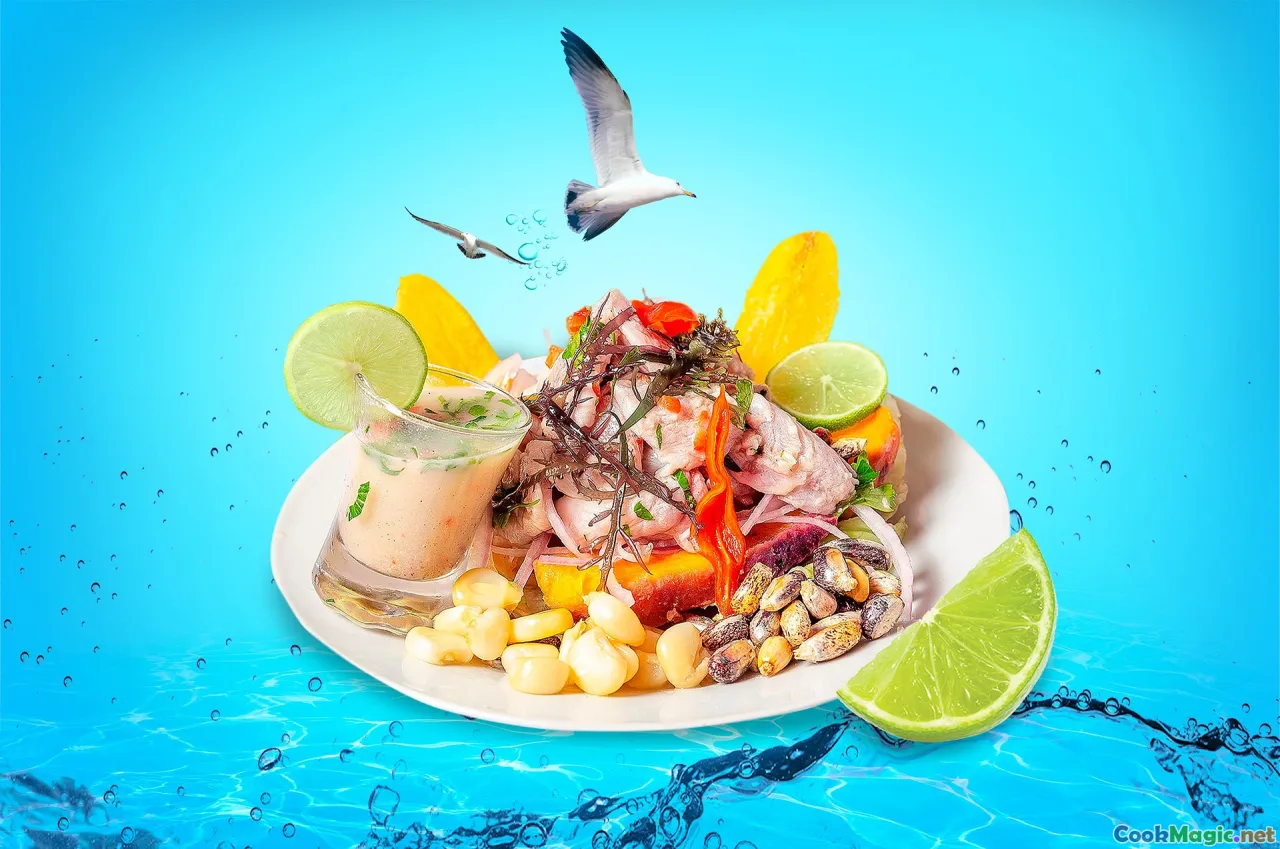Discover Ceviche Variations from Different Peruvian Regions
11 min read Explore diverse ceviche styles across Peruvian regions, highlighting unique ingredients and traditions in this vibrant seafood specialty. October 01, 2025 12:05
Discover Ceviche Variations from Different Peruvian Regions
Peru is a land of vivid landscapes, rich history, and culinary treasures that awaken the senses. Among its gastronomic crown jewels, ceviche stands as a quintessential symbol of Peru's coastal culture — a dish that marries freshness, acidity, and spice into a symphony of flavors. While in many parts of the world ceviche is considered a simple appetizer, in Peru, it’s an art form that varies regionally, reflecting the unique ingredients, traditions, and climates of each coastal community.
Join me as we embark on a flavorful journey through the diverse regional ceviche styles of Peru. From the bustling markets of Lima to the serene beaches of Northern Tumbes and the lush landscapes of the South, each variation offers a distinct taste of local heritage and personality.
The Heart of Peruvian Ceviche: Lima’s Classic Style

Lima, Peru’s capital and culinary capital of the country, is often considered the birthplace of modern ceviche. Its version is a harmonious balance of tangy citrus, fresh seafood, a touch of heat, and the iconic crunch of cancha (toasted corn). The dish here is typically prepared with firm, white fish like corvina or halibut, marinated briefly in freshly squeezed lime juice, then dressed with sliced red onions, aji limo (a small, fiery chili), a sprinkle of salt, and a dash of pepper.
But what truly sets Lima’s ceviche apart is the aromatic marinade and the vibrant lake of juice that pools at the bottom—a bright, aromatic broth that invites you to sip alongside each bite. In Lima’s renowned cevicherías such as La Mar or El Mercado, the experience extends beyond taste: it’s a burst of freshness, a feeling of connection to Peru’s coastal life.
Key Elements of Lima Ceviche:
- Fish: Corvina or sea bass, very fresh
- Marinade: Lime juice, salt, pepper
- Add-ins: Sliced red onions, aji limo, cancha, sweet potato slices, and rocoto chili for extra heat
- Serving: On the half-shell or on a bed of lettuce, with a side of chifle (dusty, crispy plantain chips)
Feel the sharp acidity melt as the fish and lime juice dance on your palate, complemented by the sweet earthiness of the sweet potato — an embodiment of Peru’s culinary harmony.
Norteño Chirihua: Tumbes’ Coastal Sensation

Travel north to the coastal regions of Tumbes and Piura, where the ceviche takes on an even more tropical and lively character. Tumbes, in particular, boasts a ceviche variation known as Chirihua, named after the local fish, which is lighter and more delicate than the denser corvina typical of Lima.
Here, the essence of the ceviche is the fresh catch, bathed in a marinade of lime, but with a generous addition: chopped mango, pineapple, and sometimes even coconut milk, giving it a subtly sweet and tropical profile. The dish is often garnished with thin discs of radish, cilantro, and a touch of chili to balance sweetness with heat.
Tips for a Tumbes-Style T ceviche:
- Use freshly caught Chirihua or other light fish like snapper
- Incorporate tropical fruits such as mango and pineapple for that coastal sweetness
- Add shredded coconut or a splash of coconut milk for creaminess
- Finish with fresh herbs and sliced radish for crispness
This ceviche is a celebration of Tumbes' warm ocean breeze—refreshing, vibrant, and truly unique.
The Verdant South: Arequipeño Ceviche and Variations

Heading southward, we find ourselves immersed in a landscape of mountains and high plains. Although ceviche is traditionally coastal, the influence of Peruvian highland cuisine has seeped into how some southern regions prepare it.
In Arequipa and the surrounding areas, ceviche is often more robust, with added local ingredients like ocas (native tubers), ocopa (a spicy, creamy sauce), or even the use of less traditional fish such as trout. These versions are often served with a side of camote (sweet potato), which balances the acidity perfectly.
An interesting regional twist is the addition of rocoto peppers—crisp and fiery—enhancing both flavor and heat. Some chefs prepare ceviche with a splash of local wine or pisco, lending a more complex aroma.
Regional tips:
- Use local freshwater fish or trout when coastal catch is less available
- Incorporate high-altitude vegetables like oca or mashua
- Pair with a glass of Peruvian pisco to elevate the experience
This adaptation reflects the resilient spirit of the southern highlands that embracing coastal flavors while maintaining their hearty soul.
The Amazonian Influence: Coastal Meets Jungle

Though Peru’s lush Amazon basin is miles from the coast, along the coastlines, some ceviche variations hint at the wild, tropical flavors of the jungle. Fish such as pescado de río (river fish) and shrimp are marinated with native herbs, citrus, and even maracuya (passion fruit) for a twist that’s both sweet and tangy.
In regions like Iquitos, ceviche might include paiche or cara cara fish, marinated in a ceviche-style dressing infused with Amazonian herbs like faialillo or bitter orange. Sometimes, a dash of yucca puree is added for creaminess.
Key Points:
- Use river fish for distinct textures and flavors
- Incorporate Amazonian fruits (passion fruit, camu camu)
- Experiment with native herbs and spices for authentic jungle aroma
This variation is a testament to the richness and diversity of Peru’s ecological tapestry, blending coastal freshness with rainforest vitality.
Crafting Your Own Regional Ceviche Experience

Creating a ceviche inspired by Peru’s regional diversity isn’t just about following a recipe — it’s about understanding the essence of each place and translating that into your own kitchen. Here are some general tips to craft your regional ceviche:
Tips for Excellence:
- Always use the freshest fish or seafood available. Quality is paramount.
- Balance acidity with sweetness when adding tropical fruits; start small, then adjust.
- Incorporate local ingredients to personalize each version.
- Marinate briefly — usually no more than 15-20 minutes — to keep the fish tender and fresh.
- Serve immediately, paired with the right sides—sweet potato, plantains, or highland vegetables depending on your regional inspiration.
Personal Touch:
Embrace the local culture by experimenting with traditional ingredients like rocoto, ocopa, or even native herbs. Share your ceviche stories on social media with vibrant photos—capture the colors, textures, and aromas that define each regional variation.
A Culinary Tapestry — Savoring Peru’s Regional Ceviche
Peruvian ceviche isn’t just a dish; it’s a story of geography, history, and identity. Each regional twist bears the mark of local lakes, rivers, and coasts, woven into the communal fabric of Peruvian life. Whether you’re biting into the zesty, citrusy freshness of a Lima ceviche or savoring the sweet, tropical notes from Tumbes, you partake in a tradition that celebrates nature’s bounty.
Next time you craving something truly vibrant, seek out a local ceviche, whether in a bustling Lima cevichería or a seaside village down south. Because in Peru, ceviche is more than food — it’s a celebration of life, innovation, and boundless flavor.
Enjoy exploring these regional nuances, and let each bite tell its own story of Peru’s extraordinary culinary landscape.









